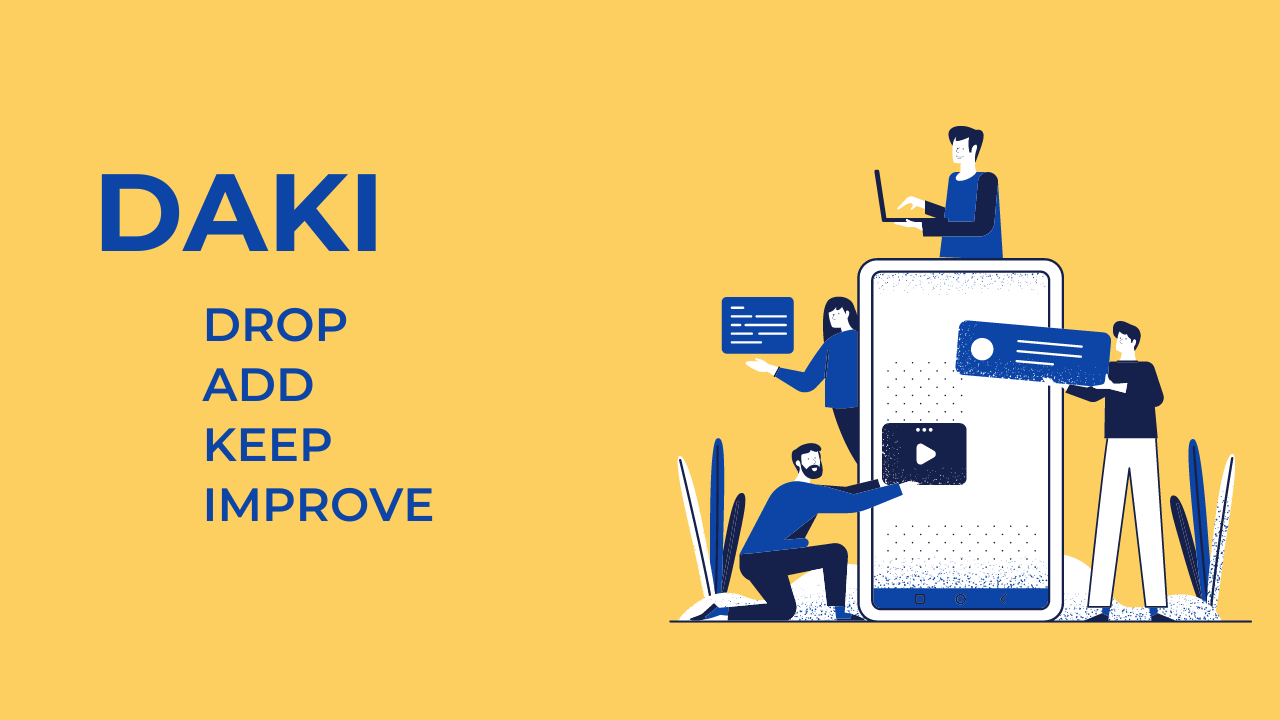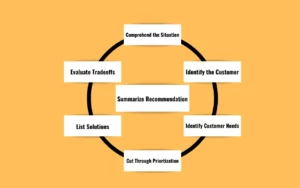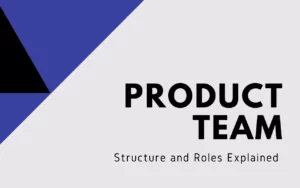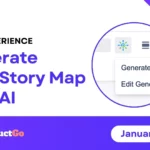Often, project owners and managers need to evaluate completed work and work still at hand. They may wish to reflect with their teams to brainstorm problems, bring up concerns, and create new action plans. Agile retrospectives, performed after sprints, are an excellent way to accomplish just that. However, these meetings need to have direction and organization; that’s exactly where templates step in. One of the popular options is the Drop Add Keep Improve (DAKI) retrospective template. Learn all about DAKI, the DAKI format, how it can help your team and tips for using the template below.
Table of Contents
What Is DAKI?
The DAKI retrospective focuses on identifying and evaluating different elements of a project. Specifically, it helps your team determine which features or activities should be dropped, added, kept, or improved upon. It allows all individuals to voice their options, provide insights, and determine value. In other words, this is a powerful guide that can turn a whole project around and ensure its prioritization is on point.
What Is the DAKI Format?
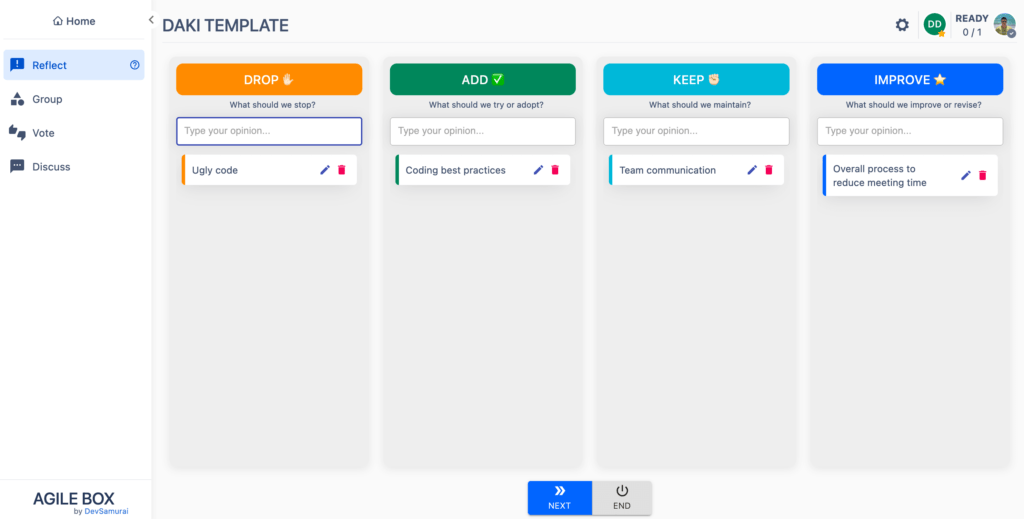
Drop Add Keep Improve – DAKI
Let’s take a detailed look at the four main elements: Drop, Add, Keep, and Improve:
Drop
Drop is for activities or tasks that are not serving the overall sprint, the project goal, or the team’s workflow. It includes inefficient processes, distracting work, or time-wasters. As a project owner or manager, you may decide that Drop items should be removed or transitioned out, allowing for project improvement and better work.
Example: Our research method comes back with low participation and inconclusive results. Our collected data is inaccurate and insufficient for decision-making. As a result, A/B testing after the design team has spent time on development never aligns with the prior research. It leads to wasted time and resources. It’s time to scrap this research method.
Add
Add is for suggested new practices, tools, resources, or activities. If some item has been included in a drop pile, the team should suggest replacements in the add pile. Likewise, if the team is encountering challenges or struggles, it is a way to suggest solutions. It may even be a brilliant way to find innovative tools or techniques.
Example: Our enthusiastic team members frequently stay up to date with the latest technology. We found a new software that could simplify communication and improve morale. Let’s discuss it with everyone.
Keep
Keep is for any activities, tools, or processes that are perfect as-is and should continue to ensure project success. If a specific aspect of a sprint is up for debate, this is the pile that indicates it is going well. It is also fantastic to specifically mention practices that are valuable, simply to raise awareness and appreciation for it.
Example: Customer feedback is serving our development team well in knowing which elements of the app are favored and which should continue to be updated and improved.
Improve
Improve is for processes and practices that have been implemented, but need work in order to increase their value. They should not be outright dropped, but they are dragging work or the team down in some way. Suggestions for improvements may go in the Add pile.
Example: Our sprints are too broad to produce work efficiently. We should narrow down our tasks further. In this way, we can make sure we meet our goals on time.
How Can DAKI Help Your Team?
The DAKI template is an excellent choice for multiple key reasons, namely:
- Direction: Similar to other retrospective templates, it gives the team a directive way to approach the topic of prioritization and deprioritization.
- Easy Prioritization: It is easy for team members to assign one of the four labels to a specific activity or process.
- Discussion: The placement of items sparks deep discussion about things that aren’t working. It also highlights areas that are working very well. In this way, projects always have an optimistic spin even if they are experiencing significant challenges.
- Solution-Oriented: Add and Improve piles clearly remind the team of the project goals, drive effective solutions, and inspire action plans.
Tips for Using the DAKI Retrospective
- Use Icebreaker Questions: Icebreaker questions are a great way to help your team get into an evaluation frame of mind. Ask about possessions they don’t remember the last time they used, or ask about habits that help them be more productive in their day.
- Use Drop Add Keep Improve Prompts: Stay on track by using the DAKI prompts to make decisions about certain practices.
- Encourage Reflection: Team members should be encouraged to take time to reflect upon decisions.
- Make Time for Discussion: Discussion is a big part of retrospectives. There should be ample discussion after each vote. Keep discussions focused, by making sure you talk about the most important items first.
- Don’t Get Overwhelmed: It is easy to believe you must consider every element that is in every pile, however, taking on a specific, manageable amount each meeting is best.
- Generate Reports: You can compile reports after the retrospective. These can be shared amongst the team, sent to key stakeholders, or stored for future meetings. It provides an insightful resource to refer back to from time to time.
Next time we will discuss another Retrospective template: Energy Levels

